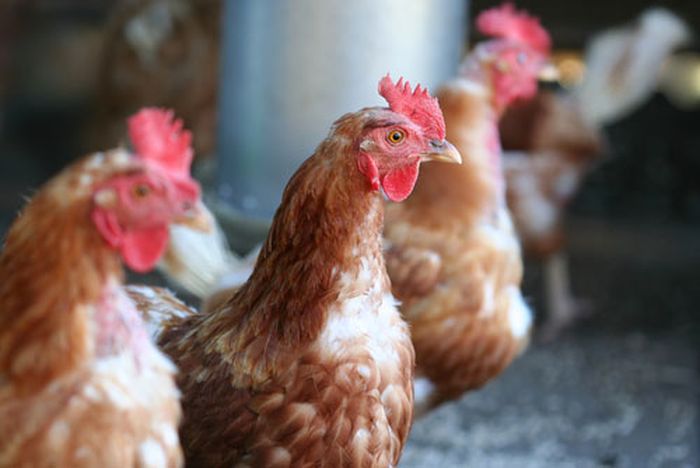First Death from New H10N8 Bird Flu Reported

An elderly woman in China is the first person known to have died from a strain of bird flu called H10N8, according to a new report of the case.
The 73-year old woman, from Jiangxi Province in China, developed a fever, cough and chest tightness in late November last year, and was admitted to the hospital soon afterwards. Despite treatment with antibiotics and antivirals, her condition worsened, she developed severe pneumonia and many of her organs began to fail. She died on Dec. 9, nine days after her symptoms began.
Tests showed the woman did not have a seasonal flu virus, but rather, she was infected with H10N8, a flu virus that's been detected previously in wild and domestic birds, but had never been seen in people. Late last month, another case of H10N8 was reported in a 55-year old woman living in the same province in China, and she is in stable condition, according to the World Health Organization. [10 Deadly Diseases That Hopped Across Species]
Both women visited poultry markets before they became sick; however, the source of their infections has not been confirmed. None of the people who came into close contact with either woman developed flu symptoms, according to WHO.
At this point, there's no evidence that H10N8 can spread from person to person, WHO says.
But Dr. Mingbin Liu, of the Nanchang City Center for Disease Control and Prevention in China, who investigated the elderly woman's case, said the potential for the virus to cause a pandemic should not be underestimated. The fact that a second case of H10N8 has been reported "is of great concern because it reveals that the H10N8 virus has continued to circulate and may cause more human infections in future," Liu said in a statement.
H10N8 is the latest bird flu virus to hop over to humans. In May 2013, a woman in Taiwan was the first person to be infected with a strain of bird flu called H6N1. And nearly a year ago, the first human cases of H7N9 bird flu were reported. The H7N9 virus has since infected at least 250 people, causing 70 deaths.
Get the world’s most fascinating discoveries delivered straight to your inbox.
Predicting which flu viruses will go on to cause pandemics is challenging, the researchers said. The first human case of H10N8 "further increases the importance of [flu] surveillance for pandemic preparedness and response," the researchers wrote in the Feb. 5 issue of the journal the Lancet.
The H10N8 virus detected in the elderly woman is genetically different from the H10N8 virus that has been seen in birds. Different strains of flu viruses may have swapped genes multiple times to create the new H10N8 strain, the report said. This strain has a genetic mutation that was previously linked with increased virulence in mammals, the researchers said.
However, the elderly woman who died also had several chronic conditions, including coronary heart disease, which may have contributed to the severity of her illness, the report said.
Given the increase in surveillance for flu-like illness in China, "it is not unexpected to start to detect human infections with a variety of non-seasonal influenza subtypes," WHO says.
Follow Rachael Rettner @RachaelRettner. Follow Live Science @livescience, Facebook &Google+. Original article on Live Science.

Rachael is a Live Science contributor, and was a former channel editor and senior writer for Live Science between 2010 and 2022. She has a master's degree in journalism from New York University's Science, Health and Environmental Reporting Program. She also holds a B.S. in molecular biology and an M.S. in biology from the University of California, San Diego. Her work has appeared in Scienceline, The Washington Post and Scientific American.


